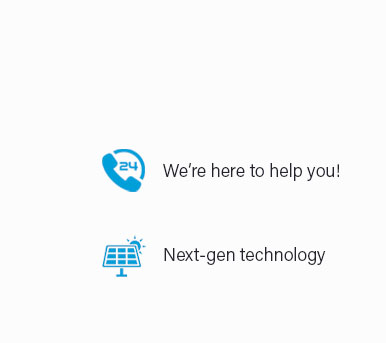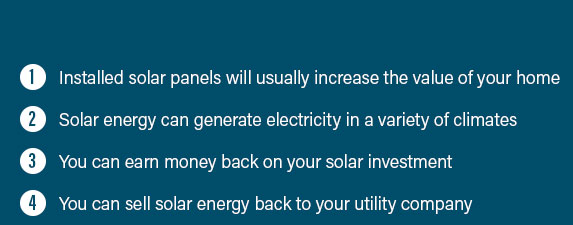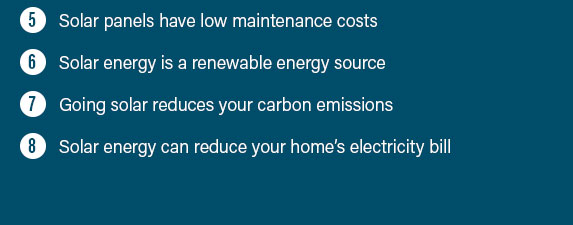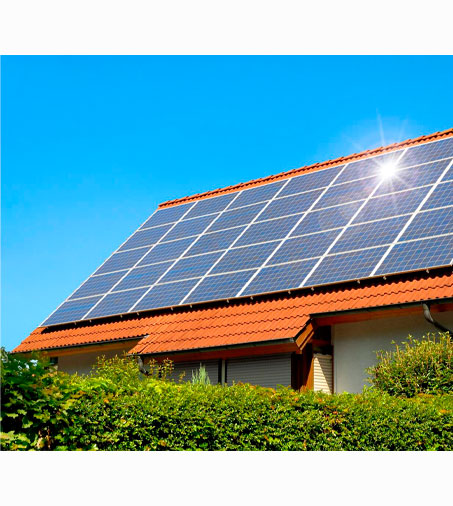 |
 |
 |
 |
 |
 |
 |
 |
 |
 |
 |
 |
 |
 |
|
 |
 |
 |
|
Ready to revolutionize your energy game? Dive into the future with a solar panel system that not only slashes your bills but also elevates your green footprint, and it all starts with a precise, no-nonsense solar panels installation quote tailored just for you; discover how to install a solar panel system seamlessly with our expert guidance, empowering you to harness the sun's power effortlessly while boosting your home's value and sustainability-it's time to make a bold leap towards a brighter, cleaner future.
https://unboundsolar.com/blog/step-by-step-diy-solar-installation?srsltid=AfmBOor27YfiT5w4wWh_9hfg1s54_ksc-8dO4FE6xog7WRCSUegQuIcU
Properly grounding the electrical components of your solar system is an essential step. For one, grounded electrical connections reduce the risk ... https://www.familyhandyman.com/project/off-grid-solar-power-system/?srsltid=AfmBOooi1JCSqcGKD9jECxL0X727sLdNhi2swzDEp1Kaa5ASmm9gfeYK
A compact off-grid solar array is a fantastic solution for RVs and campers, and can be an easy way to run power to an outbuilding. https://www.skillstg.co.uk/blog/how-to-install-a-solar-panel/
7-Step Solar Panel Installation Process - 1. Set Up the Scaffolding - 2. Install the Solar Panel Mounts - 3. Mount the Solar Panels - 4. Secure the Electrical ...
|